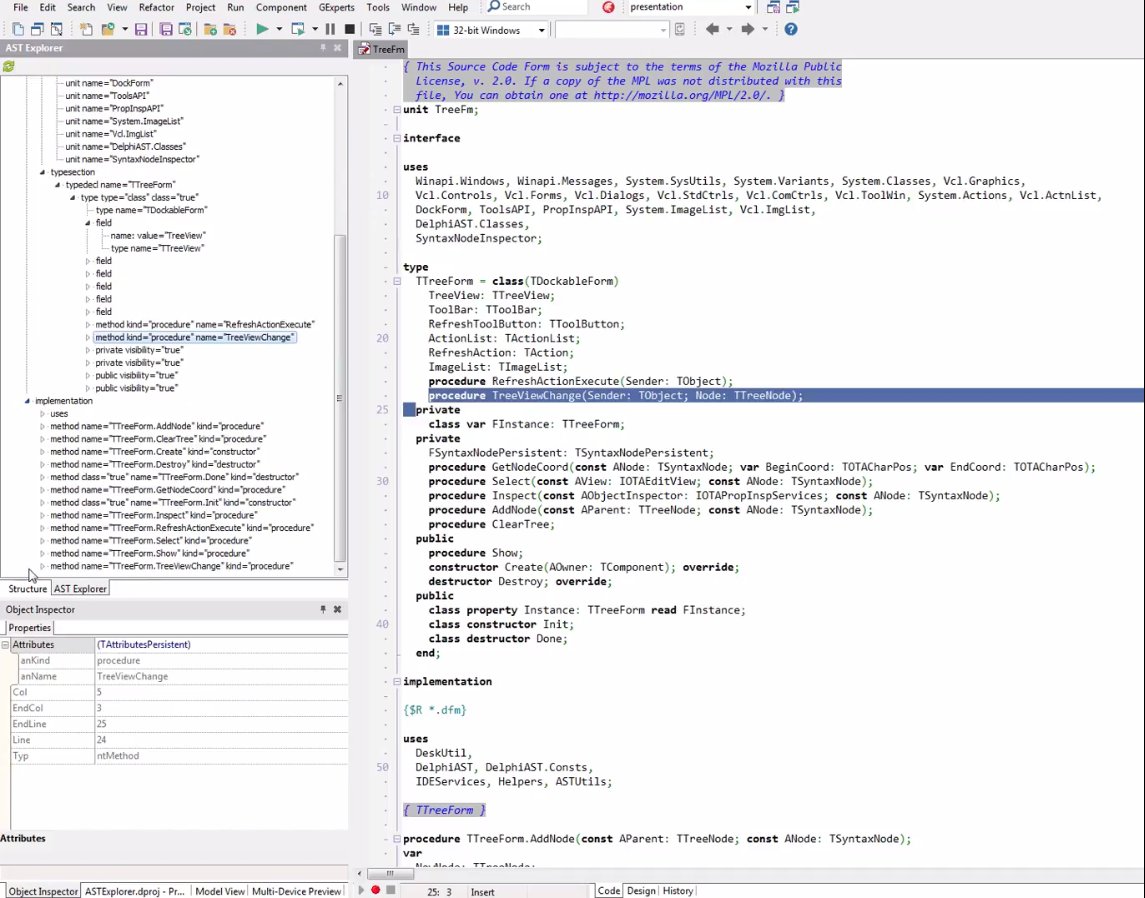

When working within the design, you will want to make sure to take advantageof some of the features the IDE contains to enhance your productivity. You'll also see the Macro recording buttons on the status bar, which is discussed momentarily. You'll also see your cursor position and whether the editor is in insert or overwrite mode. Within the Designer's status bar, you'll see information about the status of the file on which you are working such as whether it has been modified. Such components are only visible at design time so that you can select them to modify their properties. Nonvisual components, such as the SqlDataAdapter and SqlConnection, are positioned on the Component Tray, which is the bottom portion of the Designer (see Figure 3.2). When you place visual components on a form, such as a TextBox, it is placed exactly where you positioned it on the form ( Figure 3.2). Some components are visual, whereas others are not. For instance, you'll notice that the right-click menuis different. When working with VCL Forms, the designer looks andbehaves differently. Youcan drag and drop components from the Tool Palette onto your forms to visuallydesign your applications. Thedesigner is the area where you perform your visual design within the IDE. The Designer is the area of the IDE that you see when you create either a newWindows Form, Web Form, or VCL Form application shown in the center pane and youhave clicked the Design tab at the bottom of that pane (see Figure 3.2). You can modify the default.htm file in the Welcome Page directory tocustomize your Welcome pageincluding your own linkschange the shownpicture, and so on. This page serves as more of a quick launch center from which you can create new projects, open recent projects, and access various resources on Delphi for. The Welcome page is the first thing you see when the Delphi IDE is started (see Figure 3.1).

This chapter discusses each of these components and then gets you startedwith your first, simple Delphi for. The main components to the Delphi IDE are For further tips on IDEusability, you can visit I will periodically post tutorials on using Delphi for. Normally, you would makesuch assignments using the IDE's Object Inspector. I do this so that it is clear whatassignments have been made to the various properties.

#Delphi (ide) code
In fact,in much of the code in this book, I make property assignments programmaticallyrather than setting them within the IDE.

#Delphi (ide) how to
You can install Delphinus package manager and then install IDE Explorer there.This will be the only chapter in which I discuss how to use the IDE.
#Delphi (ide) download
You can download a binary of this project if you don't want to compile it yourself from the web page above. Please note that this project has changed from a BPL to a DLL to make maintenance of multiple version for different IDEs easier (single project for all versions). This point will not be adjusted however you can manually run the expert as described above.
#Delphi (ide) windows
IDE Explorer can be accessed from the main IDE Help menu (since Delphi 10.0 Seattle there is a "Help Wizards" sub-menu) Current LimitationsĬurrent this expert only runs once at start-up so any new windows created after This is a RAD Studio wizard / expert / plug-in which allows you to browse the fields, methods, properties and events of the internal elements of the IDE (forms and components as of now but possibly classes in the future).


 0 kommentar(er)
0 kommentar(er)
